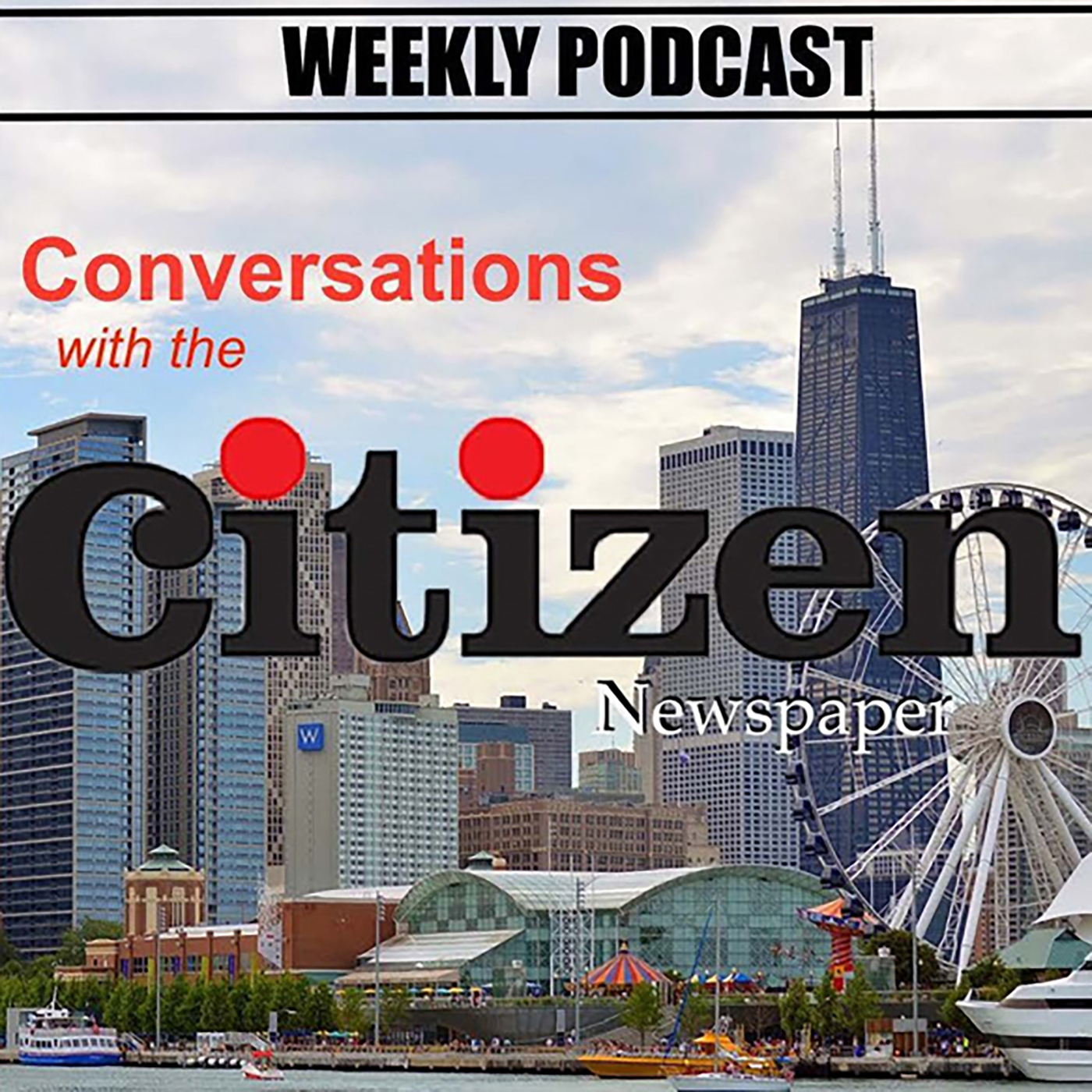U.S. Legislators Introduce Bill Designating National Park Status for Historic Pullman Area
A legislative measure originally introduced by former U. S. Cong. Jesse Jackson, Jr., is once again being presented by U.S. Senators Dick Durbin (D-IL), Mark Kirk (R-IL), along with Congresswoman Robin Kelly (D-IL), during the first session of the 113th Congress this week to establish a national park in Chicago’s Historic Pullman neighborhood.
“I’m honored to be here with my colleagues and supporters and thank all the businesses, the Pullman residents and organizations that have partnered together to restore and preserve this unique community,” said Sen. Durbin as he addressed the audience of stakeholders and elected officials.
The history behind the historic Pullman area begins with George M. Pullman in the 1880s in Chicago, who invented the overnight sleeping train car and hired black men and women to serve as porters and maids to the mostly white passengers who used the sleeping cars.
The Black porters--many of whom were ex-slaves--served diligently between the 1870s and the 1960s and as history tells, worked long hours for little pay without job security and spent half their wages, (a large portion from tips) on food, lodging and uniforms. Despite those conditions, they were considered an elite class of workers because the work was steady and because they traveled across the country.
In 1894 a Pullman labor strike resulted in the deaths of workers at the hands of the U.S. Military and the U.S. Marshals prompting congress to approve rush legislation that created a national Labor Day holiday with President Grover Cleveland signing it into law six days after the end of the strike.
Because of the poor working conditions, A. Phillip Randolph, a labor organizer and strong advocate for the rights of black workers, was called upon in the 1920s to form an independent union of sleeping car porters and maids.
Pullman fought the union, denouncing Randolph as a communist.
“The Pullman neighborhood has been the site for some major events in the history of the United States,” said Durbin. “The Pullman community went on to play an equally significant role in African American early civil rights through the legacy of the Pullman Porters as well as the development of the Brotherhood of Sleeping Car Porters, the first Black labor union. The study released by the National Park Service, stated the Pullman district had undisputed national significance and would make an excellent candidate for an addition to the National Park system; we agree and that’s why I’m introducing a bill with Sen. Kirk and Cong. Kelly and my other colleagues, to designate the Pullman Historic District as a National Park of the United States of America, creating the Pullman National Historical Park.”
Dr. Lynn Hughes, Founder of the A. Philip Randolph Pullman Porter Museum, 10406 S. Maryland Ave., said they appreciate the legislators’ tremendous first step because it would increase tourism that would benefit the entire community but particularly Pullmans North end.
“Most important (the legislation) it represents an un-paralleled opportunity to keep an important component of American history alive,” said Dr. Hughes. “However, taking an accurate and appropriate first step is crucial to the outcome of the blueprint that will be in place for years to come, one that will ultimately be interpreted by others long after we are all gone. What we would like to see is the structuring of a bill that would create a model like the time-tested Smithsonian (Institution), where all of the significant stories as well as the architecture would be represented under one umbrella, but within designated entities--none duplicating what the others does.”
Hughes explains further saying the bill's language specifically names the theme of Black labor history, and the first impression is they include the African Americans.
“However doing so as a thematic entry, as opposed to naming the existing museum that represents black labor and civil right history, leaves a door for others to come in, dissect and distribute what we bring to the table in other baskets if you will. It would be fantastic if the APRPP museum would join all of the other tourism attractions that are geographically located, at the 111th Street location in order to benefit the economic benefits that will surely come. We certainly hope that as the Bill moves forward that these oversights will be corrected.”
Boundaries of the Pullman National Historical Park will not exceed the boundaries of the Pullman Historic District of Chicago which are between 103rd Street on the north, 115th Street on the south, Cottage Grove Avenue on the west, and the Norfolk & Western Rail Line on the east, encompassing an approximate 300 acres.
Currently, the only national park in Illinois is located in Springfield.
A National Park located on the South Side of Chicago would make it easily accessible to millions of people by public transportation, and would also provide tourism and jobs to the Pullman community.
“Just last year, National Park visitors contributed more than $30 billion to local economies and support for jobs and would represent ethnic and cultural diversity,” Durbin said.
Kelly acknowledged the countless residents and organizations who worked for decades to preserve and restore the historic Pullman area.
“The clock tower, the row houses, the Hotel Florence and the Green Stone Church; the architecture alone is an attraction worthy of National Park Status, Kelly said.”
Latest Stories
- Reminder: Taxes are due December 15, 2025. Pay now to avoid late fees. Struggling financially? Our Payment Plan Calculator is a tool you can use
- TWO GOVERNMENTS TO FORMALIZE HISTORIC PARTNERSHIP IN ADDRESSING MENTAL HEALTH CRISIS DURING THE HOLIDAY SEASON
- Trump's Policies Negatively Target Women
- Assessor Kaegi, South and West Side Community Leaders Urge Legislature to Pass Property Tax Relief, Condemn Board of Review's Large Breaks for Downtown Commercial Properties
- State Farm and The Salvation Army Launch National Donation Drive to Support Families This Holiday Season
Latest Podcast
Stacy Davis Gates



